The injury happened in a flash. As Britney May bent to unload her dishwasher, a sharp pain tore through her low back.
“It felt like somebody shoved a knife into me,” the 36-year-old said. “I froze. I couldn’t straighten up. And this excruciating pain went up and down my sciatic nerve.”
She’d had similar episodes of back trauma, with attacks occurring every few years.
But this time, back in July, the stakes seemed much higher.
May, of Muskegon, Michigan, had become a new at-home mom to a baby girl, who needed to be picked up and tended dozens of times each day.
She visited her primary care doctor for immediate help. She got pain medication, muscle relaxers and a cortisone injection.
But within a few weeks, she tweaked her back again—this time picking the baby up off the floor.
She scheduled an in-person consultation with Elizabeth Harris, PT, a physical therapist at Spectrum Health.
Harris evaluated May’s pain and took a history of her back woes. She then developed a treatment plan that May could follow using MedBridge, an app that guides her through home exercises.
They continued therapy through virtual visits, alleviating May’s child care challenges.
May has regained control of the healing process through the appointments and through her diligent adherence to the exercises.
She has also developed a new attitude about her body’s ability to heal.
Kinesophobia: When it’s scary to move
Patients with back pain usually have a long resume of bad memories.
“One of the strongest predictors of future back pain is a history of back pain,” Harris said.
“So often, when an injury recurs, people are full of fear—they imagine this time will be as bad as the last time or worry that it will be worse than ever,” she said. “They can start to circle the drain and the fear becomes paralyzing.”
Like May, the tendency is to freeze. They think moving as little as possible means less pain.
“We call this fear kinesophobia, which means fear of movement. And it’s important to address it right away because moving is the only way to get backs to heal,” Harris said. “We need to show people that just because the pain is real now, that doesn’t mean it will be there forever.”
To complicate matters, when people with these injuries do move, they often try to do so awkwardly, in ways that compensate.
“That can lead to a whole host of other problems,” Harris said.
So Harris started by talking to May about her fear of pain and the beliefs that limited her.
“Most patients have these fears,” Harris said. “They think things like, ‘This is going to keep me from being the mother I want to be.’ ‘This injury may end my career.’ Or, ‘My back is going to hurt forever.'”
Next, the two began working on movement in small, simple increments to remind May’s brain that motion needn’t always translate to pain.
As that got easier, May learned stretches and moves that strengthened her hips and abdominals. First, she practiced them from the safety of laying down, and then from standing.
“From there, we could move on to the biomechanics of bending down and picking things up,” Harris said.
Relief from a single session
May couldn’t believe how fast the exercises began to pay off.
“I started feeling relief after the first session, so much so that with modifications, I could take care of my daughter,” she said. “And within four sessions, I had gotten comfortable doing everyday, normal things again.”
In her final virtual session, May worked with Harris to develop a rescue plan for the next time it happened.
“Chances are good this type of injury will occur again,” Harris said. “So knowing some specific steps to make—small movements, tiny stretches throughout the day—takes much of the fear out of the experience.”
May has already learned that lesson.
“Last week, I had to move quickly to get something away from the baby and I felt a pain in my back,” she said. “My first thought was, ‘Oh no, here we go again.’ But I didn’t freak out or panic. I said, ‘OK, let’s assess the pain and go ahead with the plan.’ Within three days, I was fine.”
Her advice for other moms? “If something isn’t right with your body, get help right away. There are so many tools and they don’t take much time. I can work them in throughout the day.
“I don’t always have 20 minutes to sit and stretch,” she said. “These are things I can do while I’m on the floor with the baby or making coffee in the morning.”
May is beginning to resume her work in photography, which makes her back health more essential than ever.
She said she loves the way Harris’ approach makes it easy to incorporate healthy back moves throughout her day.
She’s also grateful she could receive treatment through telemedicine.
Harris thinks the realization that virtual physical therapy can be so effective will be a game-changer in the years ahead.
“It is easier for patients to comply with the prescribed exercises,” Harris said. “And the more they can follow the plan, checking in with us along the way, the better outcome they’ll have.”
It’s especially gratifying when patients achieve excellent outcomes in a short period, Harris said.
She remembers the highlight during May’s treatment—it arrived as a simple comment, but it fully captured the reward of their work.
“One day she said, ‘Guess what, Beth? I loaded the dishwasher last night. And it was fine.'”
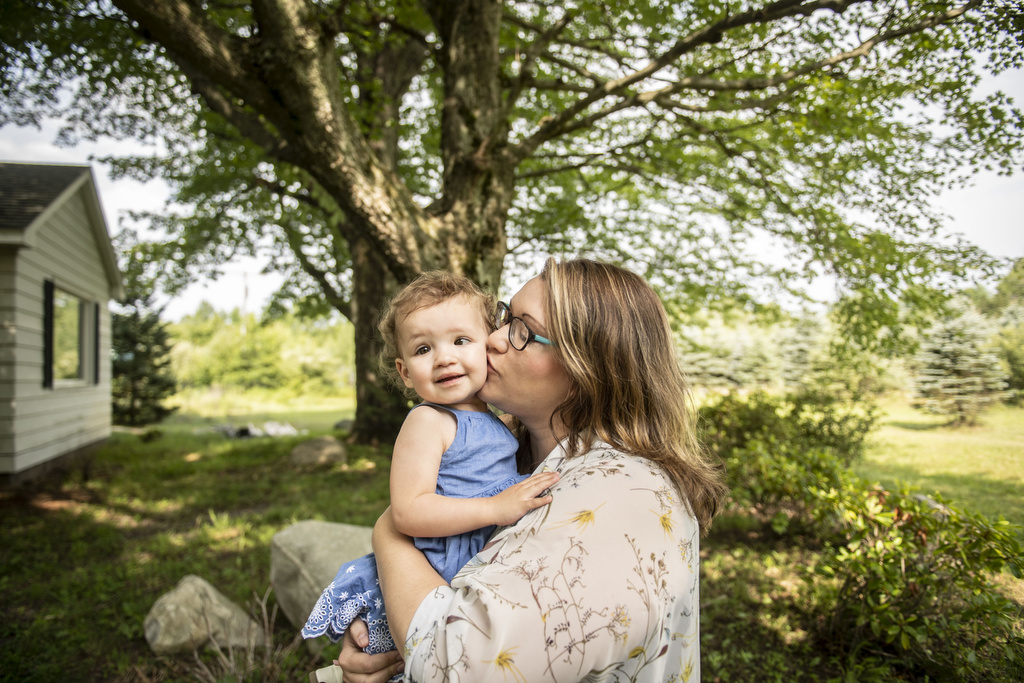
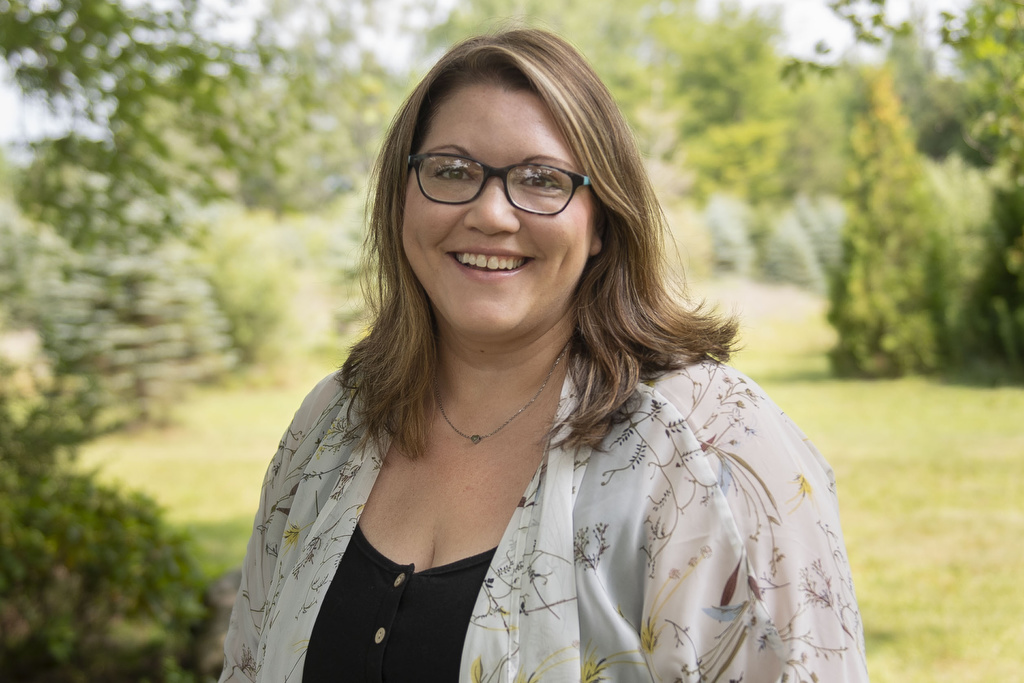


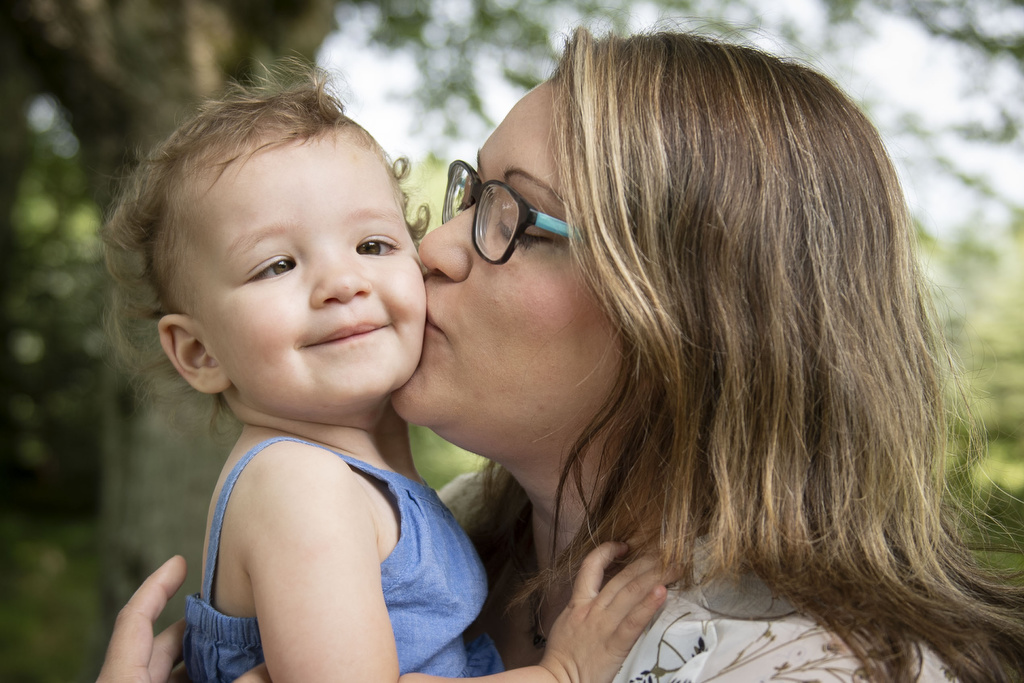
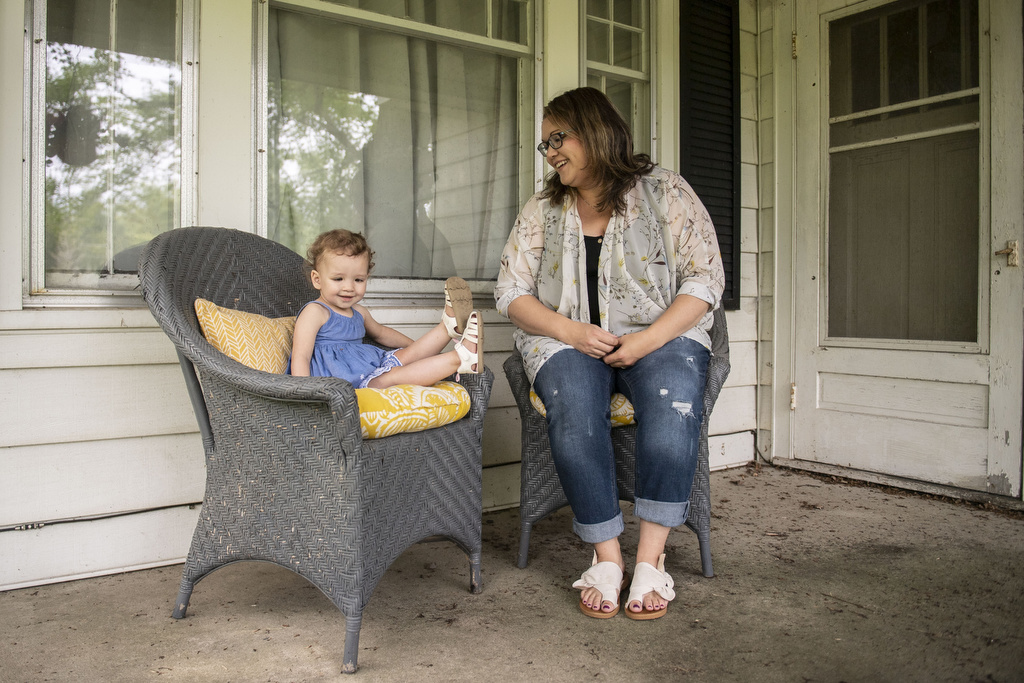





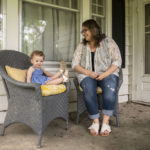
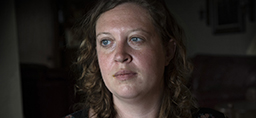 /a>
/a>
 /a>
/a>
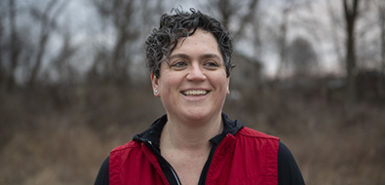 /a>
/a>